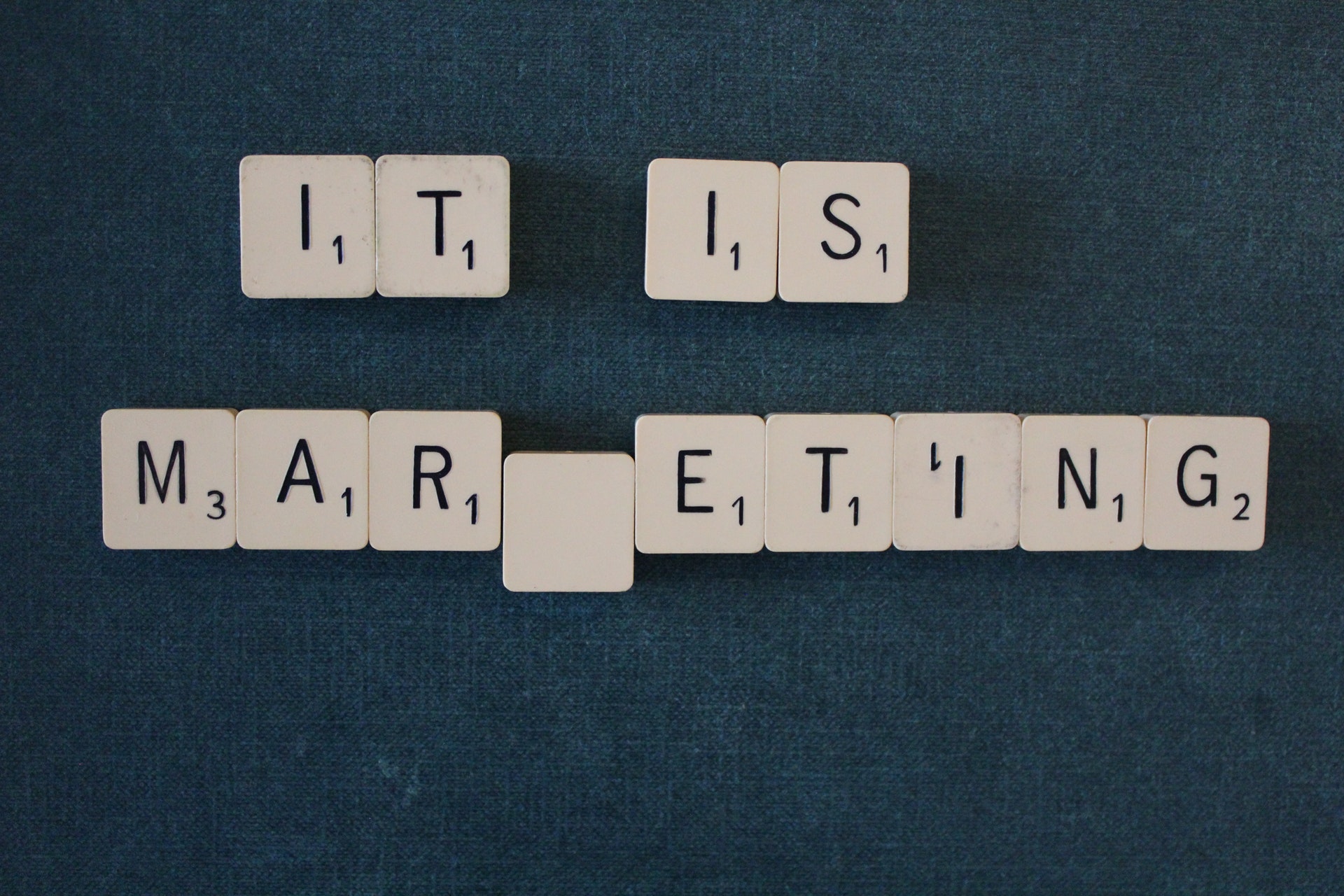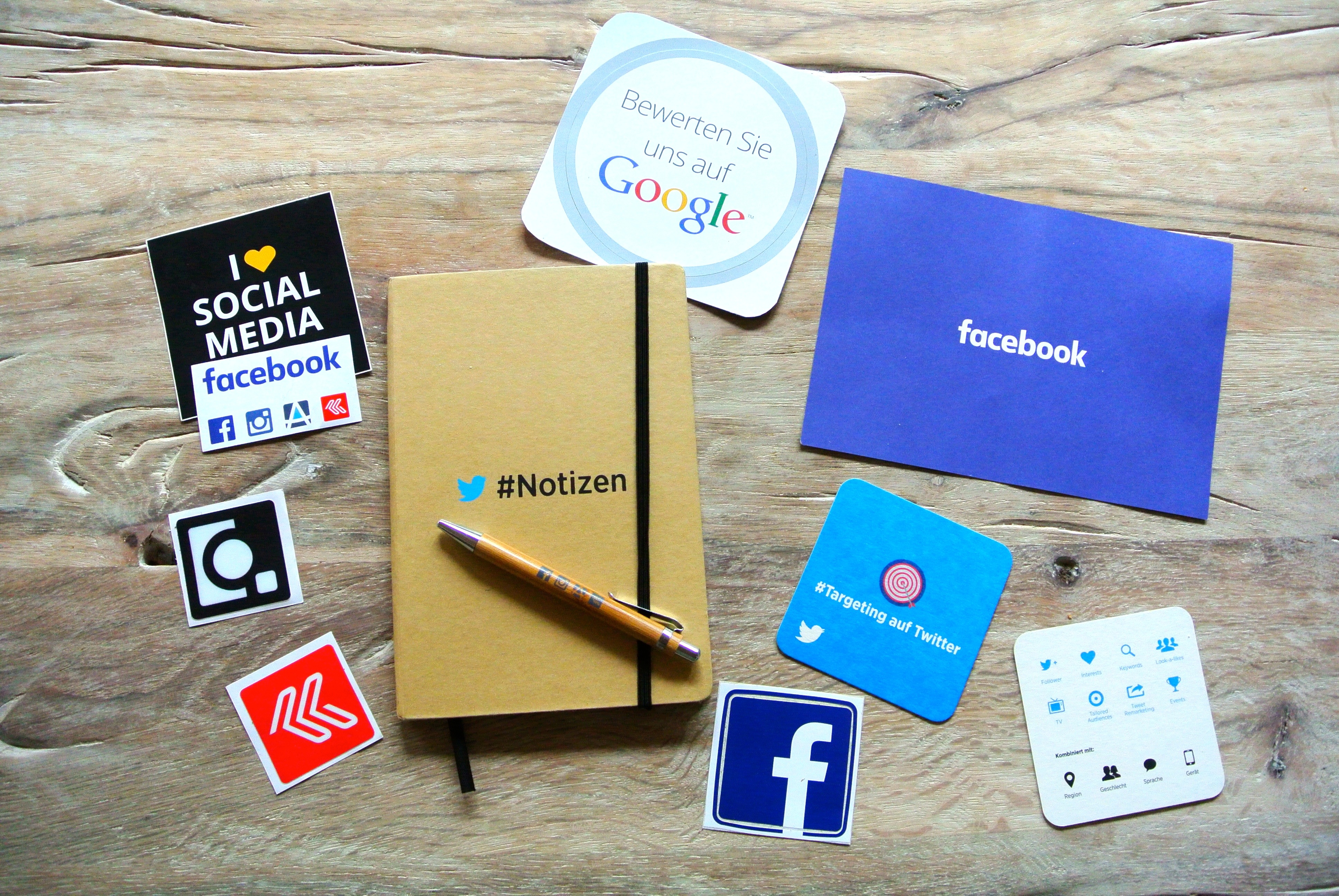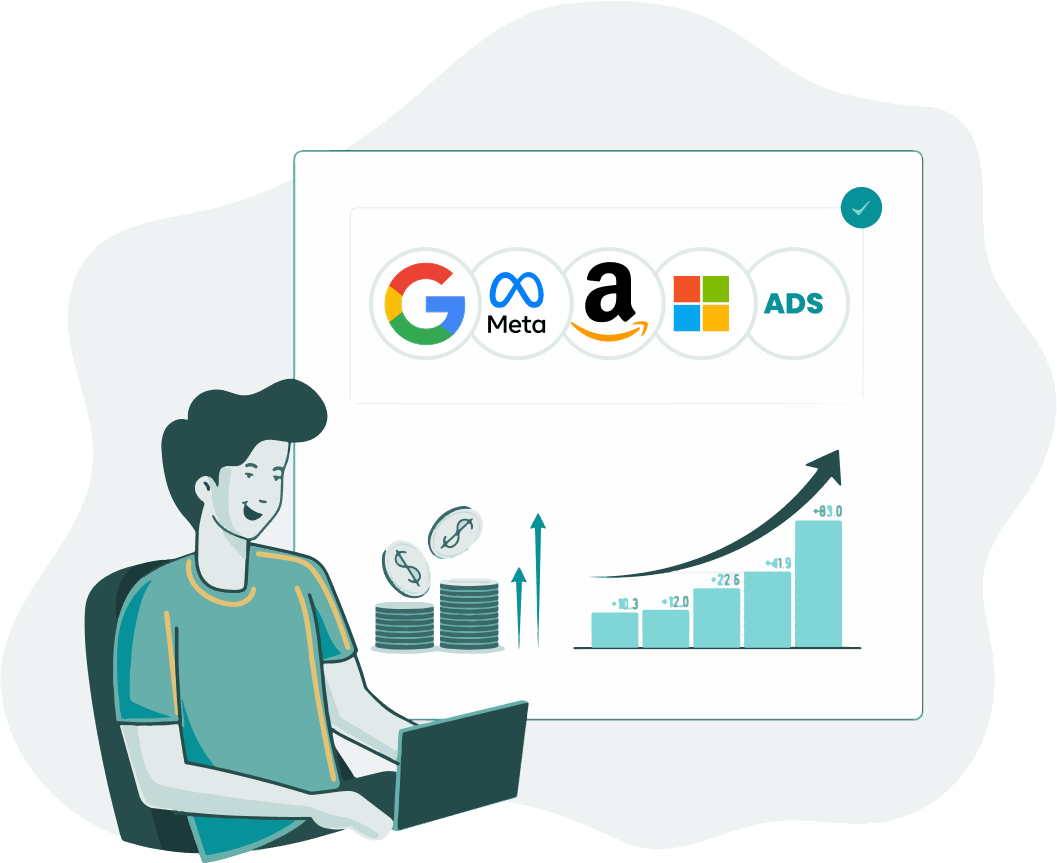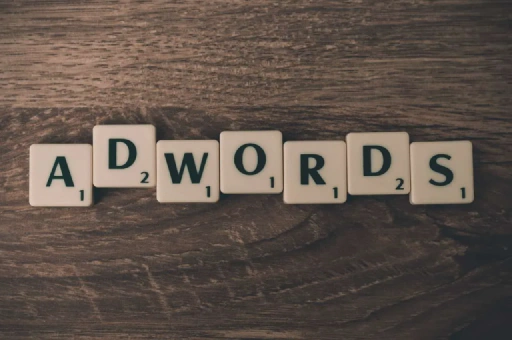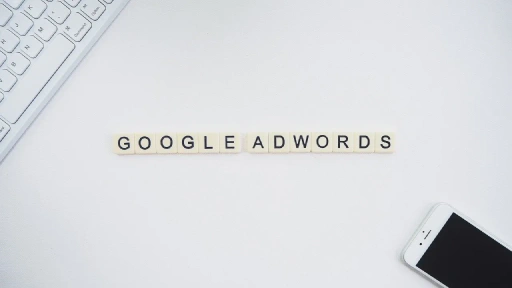We know that when you are used to traditional-media advertising, taking a step into the digital world can be an overwhelming task. We seem to take for granted that the basics of digital marketing are something everyone is familiar with. And though creating advertisements on a digital platform is becoming easier and more accessible by the day, there are still some who believe that an online advertisement for your 24-hour plumbing service is simply typing in what you want your ad to say.
The art of Marketing relies on interactions. Whether it’s through a digital platform or a traditional channel, the basic principle remains the same: target the right audience, at the right time and in the right place, and offer a solution to a problem.
Some people believe that traditional marketing platforms have better results, because they target the people they want to target, instead of having their advertisements “all over the web”, but the reality is that every day, the digital marketing world becomes more and more customizable to tailor your advertising needs to appear where, when, how and towards who you want it to.
Before we can help you tailor your advertising needs, it is important to define what we mean when we talk about “Digital Marketing”. By using such a generalized term, we tend to put all the different types of digital marketing in just one concept. And though the term successfully englobes the idea of online marketing strategies, the type you choose should depend on the product or service you want to advertise, your business goals and the type of advertising you want to create.
There are several subcategories of digital marketing, which include Email Marketing, Social Media Marketing, Search Engine Optimization (SEO) and Pay-Per-Click (PPC). Although we’ll focus on Pay-Per-Click (PPC), we want to point out a few differences between SEO and PPC (some of the most common).
Search Engine Optimization (SEO) focuses on getting increased search engine traffic to the business’s website by ranking higher in Google search results. In this case, the most commonly searched for terms are included in the content on a webpage. PPC, on the other hand, refers to paid advertisements and promoted search engine results. The way it works is you choose the keywords for which you want your ads to show, you write a relevant ad for each group of related keywords, and you set bids based on the expected value of each click. You then only pay when your ad is clicked.
While PPC has much more to it than just bidding on keywords and defining how much you are willing to pay for a click on your ad, the goal is to always get more traffic with more accuracy and less time invested. By analyzing your strategies and keeping track of the structures that work out best, you’ll be able to create effective campaigns across networks and devices.
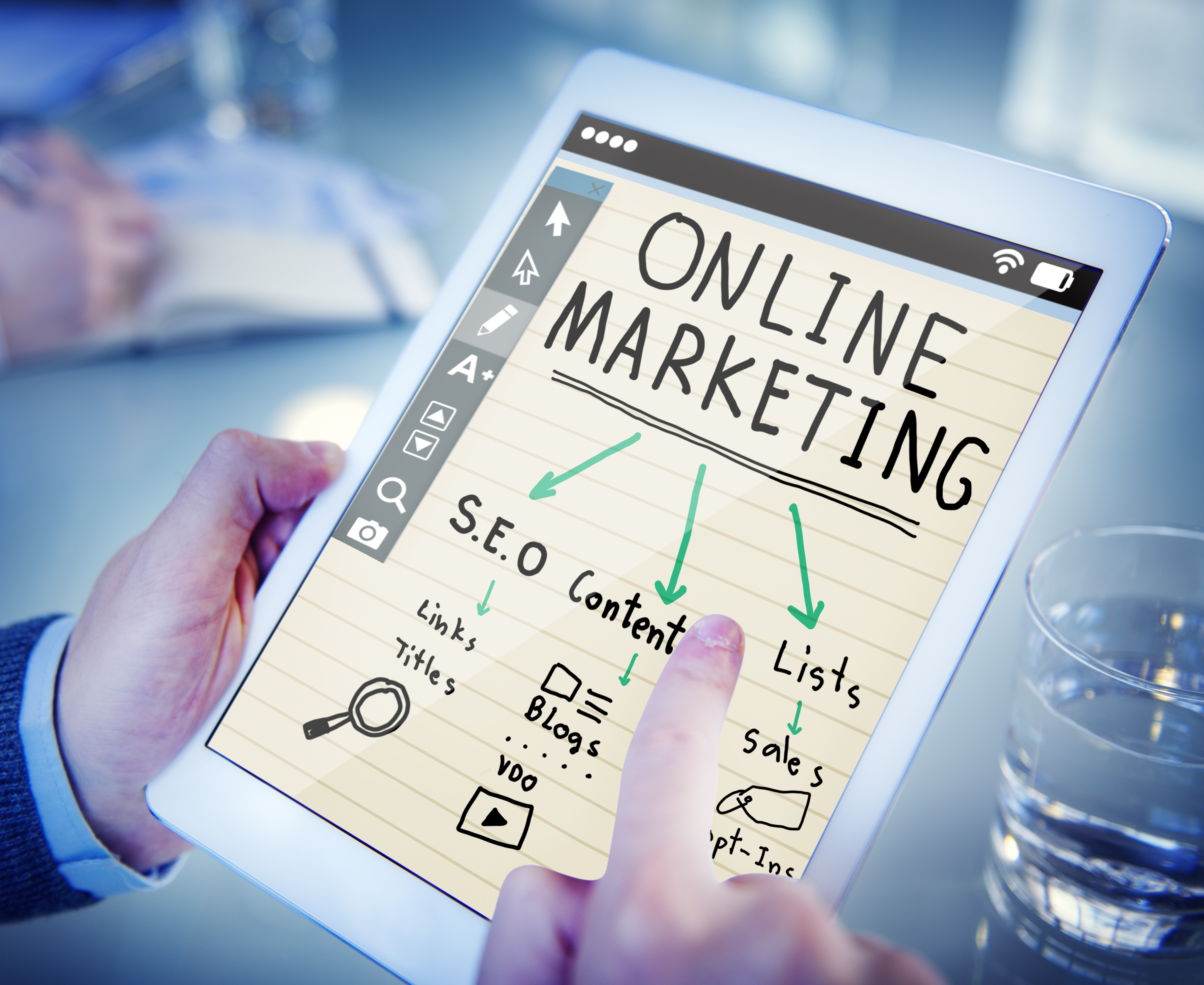 The main platforms used for PPC Marketing are Google AdWords and Bing Ads. Google Adwords runs on Google and its Search Partner sites and Display Network sites, while Bing Ads shows ads on the Bing and Yahoo networks.
The main platforms used for PPC Marketing are Google AdWords and Bing Ads. Google Adwords runs on Google and its Search Partner sites and Display Network sites, while Bing Ads shows ads on the Bing and Yahoo networks.
With traditional-media advertising, it doesn’t matter whether you get 1 or 100 clients through your ad, you will still pay the same price simply for putting it out there. It’s harder to track the results and reach out exclusively to specific audiences and it’s more expensive to analyze how to improve your ad and/or service.
With digital advertising and PPC, not only are you choosing what keywords are essential to your service, but you can also filter the traffic or searches that don’t apply to you by using negative keywords. This way you can avoid any unqualified traffic, and being placed in the wrong search results.
Later on, we’ll go more into how keywords and negative keywords work.
One of the best things you’ll find with PPC is having the possibility to visualize, analyze and determine which of your ads reach a larger audience. You can get real-time insights into your account, and take actions to continue improving your strategy.
So whether you are covering a common necessity with your handyman business, or if you have a target-specific vintage fashion store, PPC marketing strategies can help you get the most out of your advertising campaigns. In the end, it all comes back to the basics: knowing when and where!
PPC marketing will help you create a great new advertising strategy for your service or product, and help you place your brand name on multiple platforms for a wide range of people, but most importantly, it will give you the control you need to invest your money in the right place.
On the upcoming articles, I’ll describe in depth the steps needed to tailor your online advertising, from the available platforms and the differences between them to the structure and components of your campaigns. I’ll be explaining how and when to target a specific audience, which bidding strategy is generally used for different types of advertising campaigns, and what to take into consideration when creating a budget.





